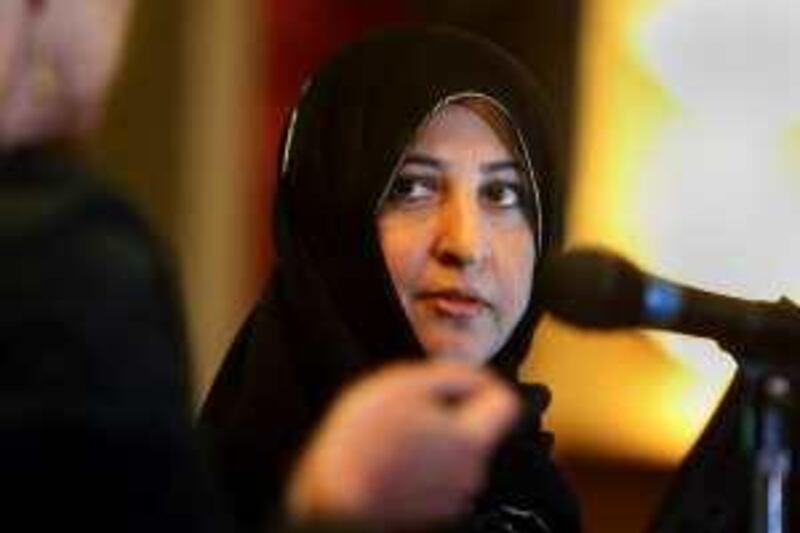AL AIN // The treatment of people with diabetes could cost the UAE in excess of Dh440 million (US$120m) a year, a researcher at UAE University told an international conference yesterday. "There is no true study to estimate the cost of diabetes in the UAE," said Dr Fatma al Maskari, associate professor of community medicine at the university's faculty of medicine and health sciences, "and the true economic burden of diabetes and its complications in the country are largely unknown."
But she said a study that she conducted from November 2004 to May 2005 on 150 diabetes patients in the outpatient clinics of Al Ain Hospital and Tawam Hospital found that a single patient with diabetes could cost around Dh6,343 a year in treatment. These costs then go up when diabetes-related complications set in, such as heart disease, strokes, chronic renal failure, proliferative retinopathy and amputation, adding up to a total of more than Dh440 million a year for the UAE.
"The presence of complications increases average patient cost by 2.5 to four times," Dr al Maskari said. Dr al Maskari presented her findings at the Global Health and the UAE conference in Al Ain. Until now, they had been discussed only within the university itself. She said that the number of diabetics in the UAE had increased since the study was conducted, and that the study did not take into account the hidden costs of the disease, such as loss of productivity and quality of life.
The conference addresses diabetes as one of the most challenging health problems of the 21st century, and one of the leading causes of death in developing nations. The UAE has the second highest rate for prevalence of diabetes, affecting 20 per cent of the population. The number is projected to reach 25 per cent by 2025. "Because of the high cost of diabetes, the recommendation is to screen high-risk population for diabetes in order to reduce healthcare expenditures," Dr al Maskari said.
"We have to work with the Ministry of Health and with the various health authorities to try and implement a national prevention programme for the disease, and implement better guidelines for diabetes care and better management." The Al Ain study is the closest the UAE has come to estimating the impact of diabetes on healthcare resources, she said. "We don't have data from anywhere else in the country," Dr al Maskari said, "nor do we have data on the assessment of the cost of diabetes in other countries in the region."
Dr Hussein Saadi, professor and chair of the department of internal medicine at the university's faculty of medicine and health sciences, blamed the sedentary lifestyle and fast-food craze as the main reasons behind the high incidence of diabetes. "The most consistent explanations for the high rate of diabetes in the UAE and other GCC countries is related to the rapid economic changes, with abundant food and decreased opportunity and motivation for physical activity on a population with a genetic predisposition," Dr Saadi said. "More than one third of the population is obese and only 34 per cent say that they perform any sort of exercise in a period of two weeks." Experts attending the conference hope that by the end of the week appropriate screening strategies for diabetes will be established.
@Email:hkhalaf@thenational.ae





